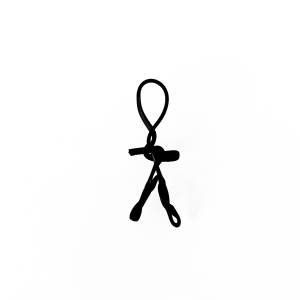point and shoot
The road to Willen is paved with good intention.
Willen is an area of Milton Keynes, known beyond the city for the Buddhist Peace Pagoda and its unusual parish church. (Within the city it’s also noted for a large balancing lake which is home to a vast number of recreational activities). This is the door of the parish church and is the only photo I managed today where I could actually see what I was doing. More of that later.
Anniemay and I both have ‘post-viral coughs’. She’s aware that I’m getting cabin-fever and suggests a blip in the sunshine. (It’s not going to be the same if she says “do you fancy a quick polaroid?”)
We set off for Willen Lake, me to blip the Peace Pagoda and her to do some fancy tripod work beside the lake. I travel light, taking just my compact camera. As I approach the Pagoda I hear the sound of a drum. A lone monk is paying his respects at the shrine of a former member of the Buddhist community. Eventually he finishes his contemplation and then passes the point where I’m standing; we exchange a greeting. I watch him walk down the path beating his drum and grab a quick shot before he disappears out of sight. It’s been a while since I’ve used my compact in bright sunshine and I just cannot see what I’m doing. By the time I’ve got my act together he’s gone.
I try various other shots of the general area; I cannot see the image on the rear screen because the sun has turned it black and so just hold the camera at arm’s length in the general direction that I’m looking and fire away. At one point I find myself holding the camera up to my eye - just habit I guess. I pack up and join Anniemay in her quest for something smooth to blip for the Smooth Challenge.
After about an hour we call it a day and walk back to the car through the grounds of the parish church. Construction of this church was funded in the 1670s by the local Lord of the Manor, Dr Richard Busby. The doctor was head master of Westminster School during the reign of Charles I, the Commonwealth and then Charles II. Amongst his pupils were Christopher Wren and Robert Hooke.
It was Robert Hooke, in his role as Secretary and Curator of Experiments at the Royal Society and City Surveyor for reconstruction after the Great Fire of London who designed the building, which is regarded as a classic of the early English Baroque period. A busy man clearly, having sorted out the wave theory of light and elasticity before taking up the theodolite.
Our good intentions today were not entirely in vain. I know Anniemay was not entirely happy with her efforts, but she got to play with her Big Stopper and that always brings a smile to her face. (It’s a 10 stop neutral density filter). And I remember why I also have a camera with a viewfinder.

Comments
Sign in or get an account to comment.


